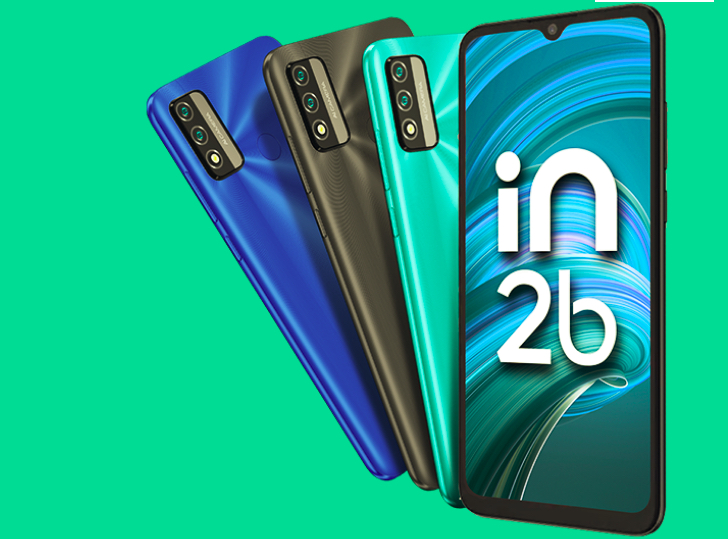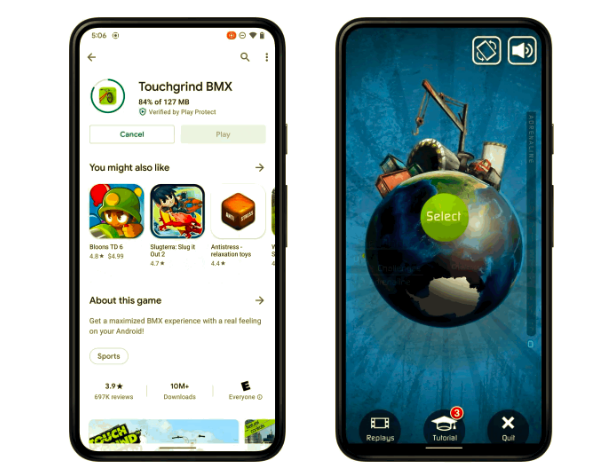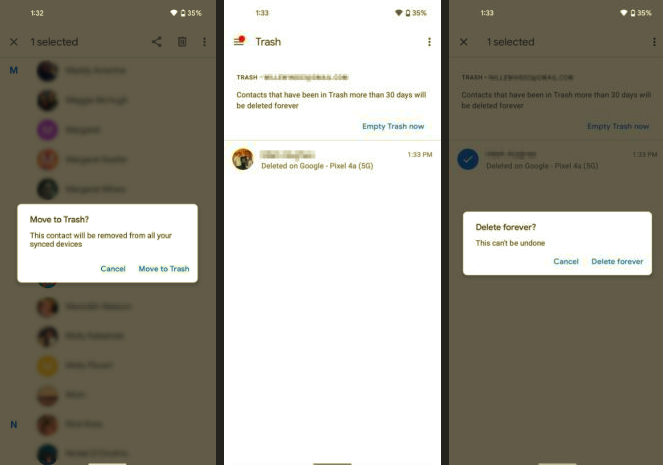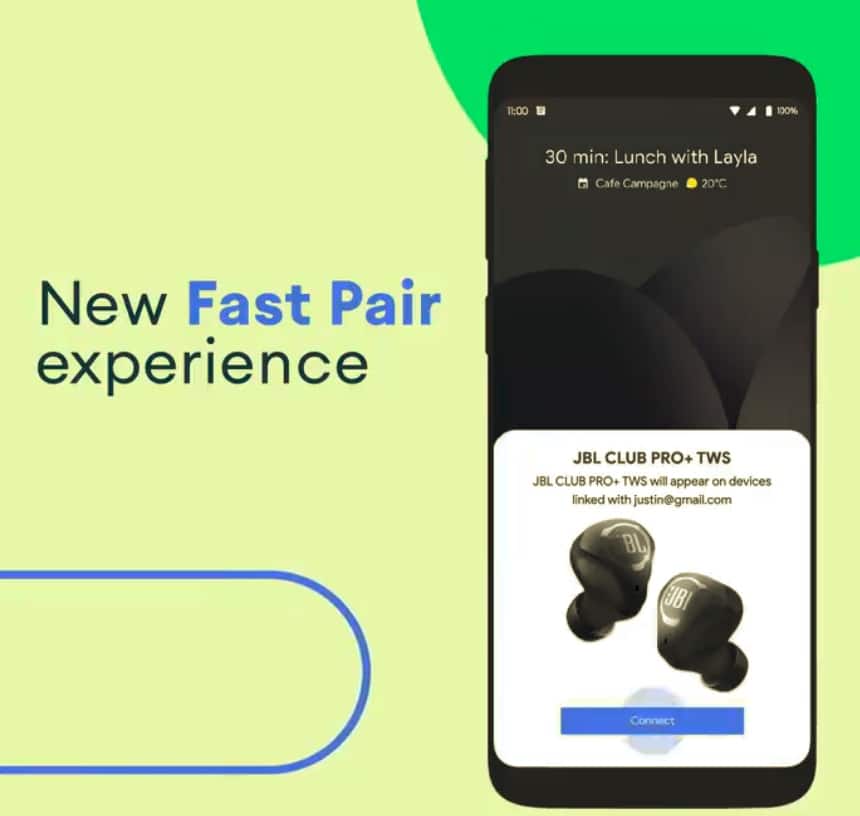I have to confess to not always agreeing with industry trends. Non-expandable storage and sealed batteries come near the top of my list here. But there’s one trend I heartily approve of – the possibility to get smaller versions of flagship phones. Except you usually don’t – you get a very watered down version that’s 30% smaller but 200% less satisfying. The exception, featured here, is the Sony Xperia Z1 Compact. While by no means perfect, at least you can’t accuse Sony on skimping on the internals….


The ‘phone-sized phone’ with the supercomputer heart – the Xperia Z1 Compact
On the other hand, it’s also a fair question to ask why anyone would want something this size yet with a monster 2.2GHz Snapdragon 800 processor. No, I can’t think of a reason either, other than the geek satisfaction of knowing that your innocuous ‘normal sized’ phone can outperform ‘the best of the rest’. And it’s a lot better than going too far the other way and ending up with something underpowered.
Of course, screen resolution and battery capacity both had to be scaled back to match the physical size, but those parameters aside, everything’s just as it was on the Xperia Z1, already reviewed here. Even the 21MP, 1/2.3” sensored camera, talked up by Sony with buzzwords galore (e.g. ‘EXMOR R’), yet which failed to live up to the hype on the Z1 and, despite months of possible work on image processing, also disappoints here.


The Z1 Compact camera – Sony even prints the ‘super specs’ besides the lens…
Let’s kick off with the camera side of things, since this is likely to be one of the reasons, other than hand and pocket-friendly size, that someone might want to choose the Z1 Compact in the first place. It’s often quoted (e.g. on the Z1) as being the ‘best in the Android world’ – that’s as may be, but results are often short of those from the smaller sensored Apple iPhone 5/5S and a long way short of the Nokia camera in the Lumia 1020.


Zoomed in photo of a clubhouse in the sun…
Take this snap above, for example – the colours are a bit skewed – below, from my Nokia, is what the clubhouse should look like.


…and, courtesy of the Nokia Lumia 1020, what the clubhouse should look like….
It’s not clear how such colour inaccuracies were allowed to creep into the Z1 Compact’s firmware, but someone has clearly been asleep at the wheel. The disappointments continue into noise levels and general handling in low light situations. Take this low light macro shot:


Angel statue taken in moderate indoor light…
It was taken indoors under a bulb, but the light really wasn’t that low. Now look at a 1:1 crop from the centre. Look at the noise and grain:


The amateur image processing is all too apparent once you look closely…
Then look at this, below, from the Nokia Lumia 1020:


Comparison from the 1020, note the colours and cleaner appearance
I make no apologies for comparing the Z1 Compact with the Nokia – both are supposed to be camera champions in their respective ecosystems, both have high megapixel sensors from which they pluck ‘shareable’ results, and both are roughly the same size.
The Z1 Compact did surprisingly well in my traditional party mock-up shot – motion was frozen by virtue of a 1/64s shutter time, but look closely and the actual quality isn’t brilliant, with what’s evidently a very noisy image that’s been stomped all over by Sony’s usual over-zealous noise reduction.


Mocking up the typical social/party shot. Moving subject, low light etc.
Again, I’ll compare it to the Lumia 1020’s output:


The 1020’s proper flash and larger sensor makes for a far more satisfying social photo…
Like the Nokia PureView camera phones, the Z1 Compact tries to do more with its high native resolution (i.e. 21MP), but it doesn’t quite pull it off. I appreciate that great strides can be made in firmware updates here, but I have to review the device as it is right now. There’s no evidence of any kind of sophisticated oversampling, any kind of purity, Nokia-style, to reduce noise in the 8MP output images. Maybe that’ll come in an update, maybe not.
Sony does shout about the ability to zoom in – a little – losslessly. As with Nokia in its high (41) megapixel sensored phones, what you’re actually doing is cropping in on the sensor while staying above the baseline – in this case 8MP – output resolution. And this works as advertised, though you only get up to 2x zoom and with the huge caveat that there’s no protection at all from going beyond 2x well into lossy, blocky, digital zoom territory. Sony should have slipped in a software limiter or detent at the 8MP crop limit – it would make all the difference in terms of usability and quality! As it is, there’s a little zoom bar on-screen marked with two shaded areas – after some testing it seems that these are artificial and purely cosmetic, since the transition from lossless to lossy zoom occurs a long way before the indicator hits the next region in the indicator.


Zooming past the lossless/lossy boundary in the camera interface – don’t go by the grey gradation!
This potentially lossless digital zoom is more useful in video mode, since the frame size is obviously much smaller – 1080p works out to about 2MP per frame – and so you get at least 3x genuinely lossless zoom when filming something. And yes, as before, get a little enthusiastic on the volume/zoom buttons and you’re into blocky digital zoom territory and quality takes a nosedive.


Sony’s camera modes – all quite impressive, with ‘Superior Auto’ intelligently shifting traditional ‘scene’ modes according to conditions and focussing distance
Overall, though, imaging on the Z1 Compact is frustrating – the sensor here is over 70% larger than those in most other smartphones (the Lumia 1020 excepted, whose sensor is at least twice the size of the Z1 Compact’s) and yet performance for most subjects isn’t significantly better – and sometimes worse. If Sony’s imaging engineers are on the ball, they’ll realise that something here is underperforming and will re-do all the algorithms to work an apparent miracle. Here’s hoping.


The Z1 Compact’s left side, note the flap (extreme left) over the charging port and the contacts for the magnetic dock (available as an extra)
Away from camera underperformance though, there’s a lot to like here. You still get the slightly tiresome waterproof flaps – yes, it’s great to be dunk proof, but having to open the data and charging flap in particular, every single day, gets quite annoying – and no, there’s no Qi wireless charging option, which would have saved the day most conveniently here. A missed opportunity, though Sony will claim that its add-on magnetic charging dock will help here – as on the Z1, on the left side are two metal contacts. But the dock is something you have to pay extra for in most cases, so I suspect that the vast majority of users won’t bother and will settle for wrestling with the plastic flap each day…


The right side: power, volume/camera-zoom and shutter ‘button’….
The power button is still circular and, well, quirky, but I cannot forgive the stupidly tiny and fiddly camera shutter button – it’s quite easily the worst shutter button I’ve ever used. On anything. Including £5 toy plastic cameras. It’s hard to find, hard to press all the way down and every single time you manage to do it there’s so much pressure that you end up jarring the device. And, with no OIS in the aforementioned camera, you get a blurred photo. So you use the on-screen shutter icon instead… The camera button doesn’t even launch the Camera application* unless the screen is first powered on separately with the main power button. Sony could have done so much better here.
* Interestingly, it does if the screen has only been off for a short time. But doesn’t if the screen has been off for minutes. This behaviour leads me to suspect that the non operation is a bug and that it’s something Sony can easily fix in a future update, if it chooses to.


The bottom speaker grille and lanyard hole….
Down at the bottom is what looks like a huge speaker aperture, though further investigation reveals a much smaller speaker over on the left hand side of the grille. Still, audio quality for podcasts and music is pretty good, albeit without breaking any volume records – everything could definitely be louder. Audio quality via wired or Bluetooth headphones is fantastic again, just as on the Z1. Sony is really switched on in this department, as you might expect given the company’s audio heritage.


Oblique view. You can’t easily see the factory-fitted plastic screen protector, but it does impact feel and visibility….
As with all of Sony’s recent Xperias, I remain utterly baffled by the factory-fitted plastic screen protector. It’s more scratchable than the Gorilla Glass underneath, it shows fingerprints more, it feels awful, it attracts dust… and all for what? So, if dropped, the bits of glass won’t fall off and injure someone? I’ve heard of safety first, but this is ridiculous.
The 4.3” screen is OK, but it’s hard to enthuse too much about a very average LCD panel (compared to the clarity and colours of the HTC One and Nokia Lumia 920’s LCDs, for example). At this screen size you won’t be watching too many movies, but there’s simply no comparison to viewing a captured photo on a Samsung Galaxy S4 or similar and gasping at the colours.


Contrast is fine for general use – but colours do pale in a direct comparison to an AMOLED-screened phone
As usual, there’s Sony’s attempt to fix things in software, with ‘X Reality for Mobile’, a way of boosting colours and contrast in software when viewing photos or videos, but this shouldn’t be needed at all. Sony, just use better screen tech in the first place, pretty please?
Sony’s Xperia UI hasn’t changed much in the last year, with the now familiar slide out panel of organisational options in the main app launcher, plus a customisation view of the homescreen set, as shown below:


The Z1 Compact’s default lockscreen and tweaked app launcher – note the ‘modern Android’ slide-in options panel from the left…


Customising the Z1 Compact homescreens with wallpapers and themes galore – how do you want your Xperia to look today?
I was dismayed to see, as usual with Xperia handsets, over and above the usual Android application set, that there’s all of Sony’s own media shops. Sony Select, Video Unlimited, Music Unlimited, PlayStation Mobile, and so on, plus promo apps like Xperia Lounge and Xperia Privilege. I say ‘dismayed’ because there’s so much duplication with Google’s own Play Store offerings.


Buying Movies in Sony’s Video Unlimited Store… To be fair, the prices are the same as in the Google Play Store, but I’d have more peace of mind for future re-downloads with Google’s generic version….
Sony is hoping that new users start off in their siloed content stores and never leave, but I bet the company doesn’t make that much money from it all and I wish Sony would stick to just making the hardware. Interestingly, we’ve recently heard news of Google persuading Samsung to start toning down its similar duplication efforts – I wonder if Sony might be next?
There’s also the viewer-only part of OfficeSuite, somewhat redundant now that the full Quickoffice has been released as freeware by Google, though admittedly it’s only a 5 Euro fee to unlock the ‘pro’ editing features here. Maybe users might like to try both and uninstall the one they liked least. Plus the usual TrackID music track recognition utility, the rather pointless McAfee Security and the trivial photo effects utility Pixlr Express.


Smart Connect is a great initiative, triggering off headphone insertion and charging. Add in NFC tag actions and your smartphone life is pretty automated…
Smart Connect is familiar from other Sony devices and attempts to action the appropriate system functions and apps when certain events occur, e.g. plugging in headphones or your charger. A nice idea, though it doesn’t seem to have evolved or taken off.
In all, Sony ships the Z1 Compact with 56 applications, which seems excessive, and only some of the bloat can be uninstalled. Again, I think it’s downright confusing for new users to see two of just about everything and not know whether they’re coming or going.


Well over 50 applications installed by default, including so many apparent duplicates… (right) the Sony keyboard in action
Sony also ships its own keyboard, like Samsung, which seems a bit unnecessary, given how excellent the stock Google (Jelly Bean) one is. Spell checking and auto correct seemed to be turned off by default, but a little fiddling in Settings and some ‘bedding in’ and correction became as fast and intelligent as the Google version, so all’s well that ends well.
The Z1 Compact is all about the combination of form factor and specification. If I knew for a fact that Sony would be fixing up the camera with a decent firmware upgrade with much better image processing, this might even be my Android smartphone of choice – there’s definitely potential here.


Default lockscreen, cool wallpaper, note the top of screen swipe to camera or to other lockscreen widgets…
But, in the absence of such future knowledge, I can’t quite bring myself to recommend this across the board. The app bloat, the average screen, the average speaker, the underperforming camera, and so on. It’s all a little uninspiring.
On the other hand, if you’re desperate for something small and yet powerful then it’s the obvious choice, at least at February 2014 – it’s certainly a cut above the ‘mini’ flagships put out by rival manufacturers.



















